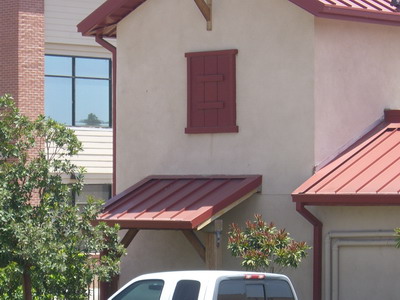
What is EPDM Roofing?
Ethylene Propylene Diene Monomer, or simply, EPDM roofing, is an excellent material for low slope roofing applications. EPDM roofing is a synthetic rubber that acts as a roofing membrane special for flat roofs. The most popular kind of EPDM roofing is the firestone EPDM roof system, which is based on a high performance synthetic rubber compound, providing exceptional weathering characteristics. The EPDM roofing membrane is versatile and allows for many installation options.
 |  |  |
Characteristics of the EPDM Roof System
Developed in America in the 1960ís, EPDM roofing is designed to exhibit superior flexibility, high strength, and outstanding weathering in practically all climates. EPDM roofing withstands temperatures ranging from -45 to 100 degrees Celsius, and displays no signs of ageing. The EPDM roof will not crack, split, or peel, and is completely resistant to atmospheric pollution. EPDM roofing is also environmentally friendly, and is unaffected by UV light and ozone. The elasticity of EPDM roofing allows it to elongate to over 300% to accommodate temperature cycling and building movements. An EPDM roof system has a life expectancy of about 20 years, during which next to no maintenance is required.
An EPDM Flat Roof
EPDM roofing comes in all sizes and can be installed in one piece, eliminating the problems associated with parting joints that cause many roof leaks and other common problems associated with flat roofs.
EPDM Roof Repair and Installation
Because EPDM roofing can be installed in one piece, its installation requires minimal seaming, and it is therefore simple and quick. Our expert roofers offer EPDM roofing installation services for all kinds of low slope and flat roof applications. Additionally, EPDM roofing has a low life-cycle cost, as it requires little maintenance. In the case that your EPDM roof is not functioning properly, we also offer EPDM roof repair services at all hours of the day or night.







 Loading Roof101.com...
Loading Roof101.com...